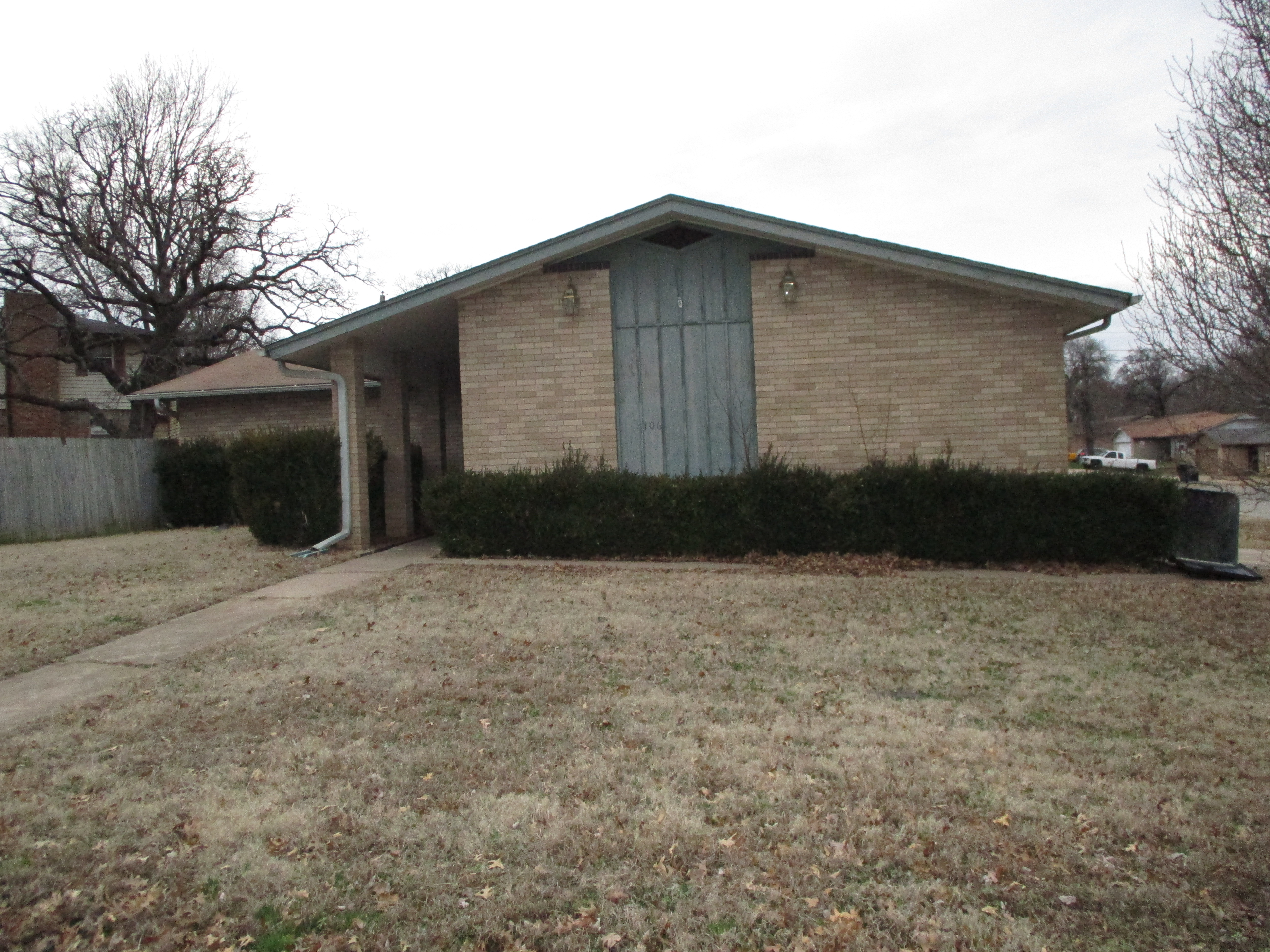 As real estate investors, we’re always hyper-aware of changes in the real estate market. This has been especially true since COVID-19 came ashore. It’s all-too-easy for investors to panic about the state of the market — or rather, panic about what they’re afraid the state of the market will become — when, as always, we adapt to thrive.
As real estate investors, we’re always hyper-aware of changes in the real estate market. This has been especially true since COVID-19 came ashore. It’s all-too-easy for investors to panic about the state of the market — or rather, panic about what they’re afraid the state of the market will become — when, as always, we adapt to thrive.
The real estate market, time and time again, has proved its tenacity and long-term wealth-building potential. Because everything moves in cycles, we can count on the market to turn around in time. All it really takes is a solid strategy and a healthy supply of patience.
That said, it’s valuable that we discuss potential market shifts. During these times, so much has been unknown and unpredictable. We persevere, naturally, but we also want to be able to see what’s coming next. We want to have that certainty of where we stand.
While we may not be able to account for all of the ripple effects that will shake the real estate market because of the pandemic, there is one factor that we see significantly impacting real estate as we know it.
It’s the rise of remote working.
Remote Working, a New Norm?
The term “new norm” has been thrown around a lot in the past months. And it’s true — we’re not likely to return to normal as we knew it. Things are changing. Things will continue to change. Real estate investors would do well to adapt!
Thankfully, REI Nation has long taken an approach that, in times like these, pays off.
First things first, let’s talk about remote working. An unprecedented number of employees across every industry are finding that remote working is a viable option for them. Studies show that those who work remotely would highly recommend it to colleagues, and would, at least in part, continue to work remotely.
The flexibility of schedule, workplace, and the chance to avoid a commute were among the top benefits cited.
We’re seeing now, too, that many employees want to continue remote working even after the threat of the pandemic subsides enough to allow us to return to in-office workdays. Some 43% of full-time American employees want to continue the work-from-home lifestyle that, for many, the pandemic has introduced them to for the first time.
But how does that impact real estate?
Getting the Pick of the Market
In recent years, the cost of living and housing affordability have become major issues for Americans — particularly those with lower and mid-level income. For so many of us, for so long, where we lived was tied irrevocably with where we work.
For many, particularly those in the technology sector, this meant living in some of the nation’s most unaffordable markets: the Bay Area of California, the high-rises of Bellevue, Seattle, the middle of a New York City hustle. Because these areas are career hubs housing some of the nation’s biggest and most profitable businesses, people did what they had to to make it work — even if housing costs were crushing.
Remote working changes all that.
We’ve yet to see how permanent remote working will become, but there’s no doubt a demand for the option, even after the pandemic fears pass.
In fact, some are predicting that a rise in remote working options for employees will tip the balance of pricey housing markets. If nothing is forcing you to stay in a market that costs $3,629 in rent (the average for San Francisco apartments), why would you? Reminder: the average square footage of a San Francisco apartment is only 747 square feet.
What we expect to see, then, if this remote working trend continues, is an exodus from over-priced metropolitan markets in favor of more affordable areas. For many, luxury and high-priced real estate has been the investor’s dream. They seek out the “hottest” markets with fast-appreciation and high monetary values. However, what we know — and therefore, practice — is that stability in real estate investing is found in more even-keeled markets.
Be sure to check out: Secondary Markets for Long-Term Real Estate Investment Success
On the surface, the average person wouldn’t see why investing in Memphis or Oklahoma City is preferable to a hot California market.
Why REI Nation Investment Markets?
We know affordability is a problem for a large portion of American renters. We target our markets based not solely on the going rental rate, but on how viable the market is for long-term stability. This means we look at a myriad of factors, from the cost of living and local economies to job and business growth in addition to typical real estate considerations.
We’re not looking for the markets that boast the biggest numbers and fastest appreciation. What we look for are the markets that set the stage for sustainable, long-term renting. Turnkey real estate investors, after all, are in this thing for the long haul.
A focus on the opportunities that last is key. And what we’re likely to see is a shift away from unaffordable real estate markets and growth in more reasonably priced, steadily growing markets. Markets like Memphis, Dallas, Houston, Tulsa, St. Louis, Oklahoma City, and Little Rock.
There’s good reason we invest in these markets. It’s because we know — and have proven — their investment potential.
Start building passive wealth through turnkey real estate. Don’t wait!












